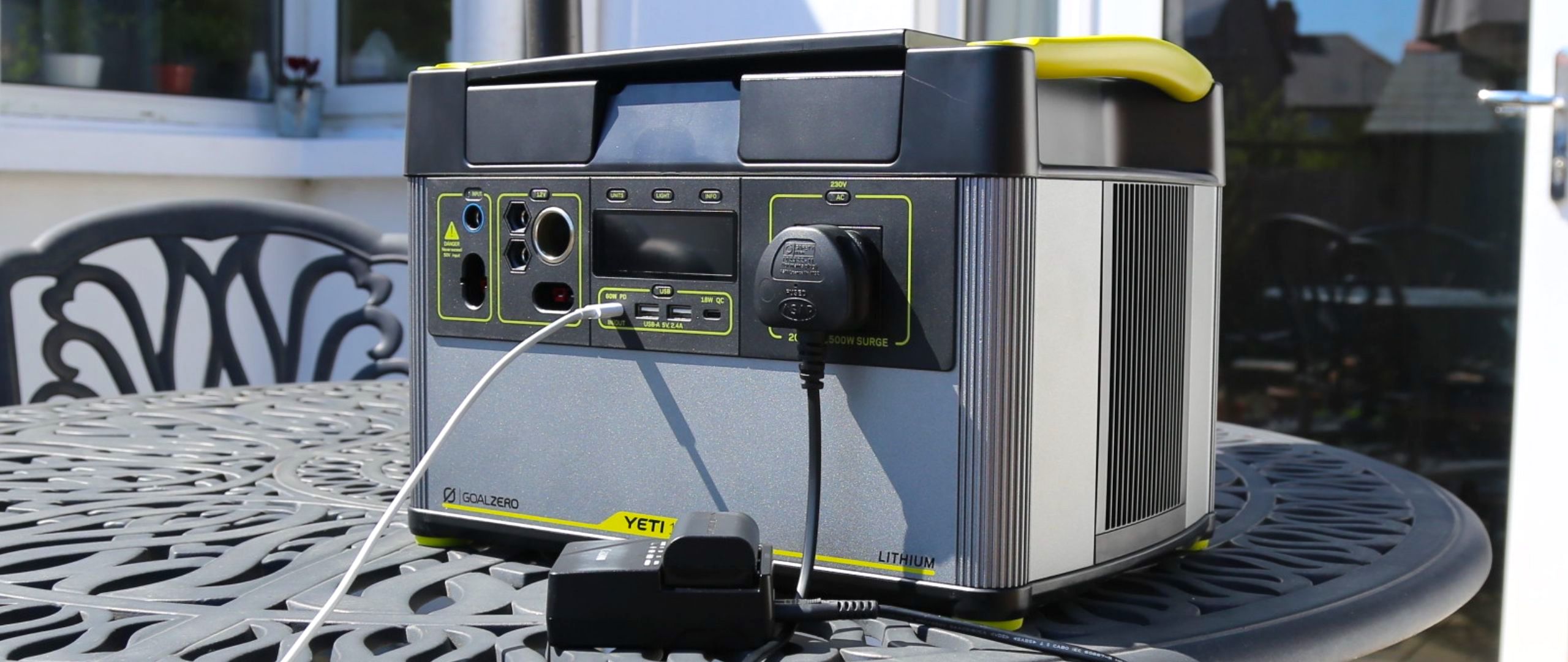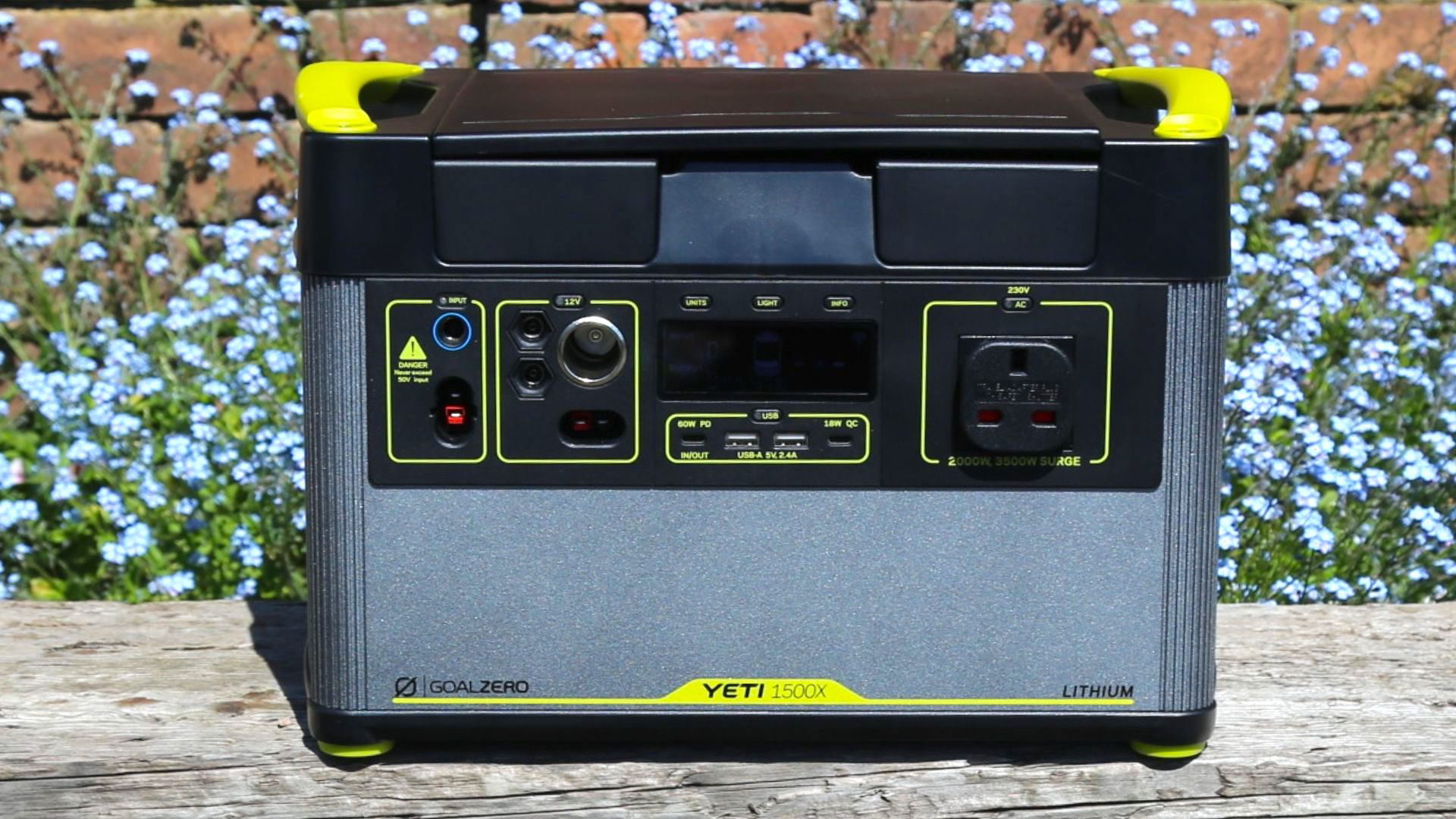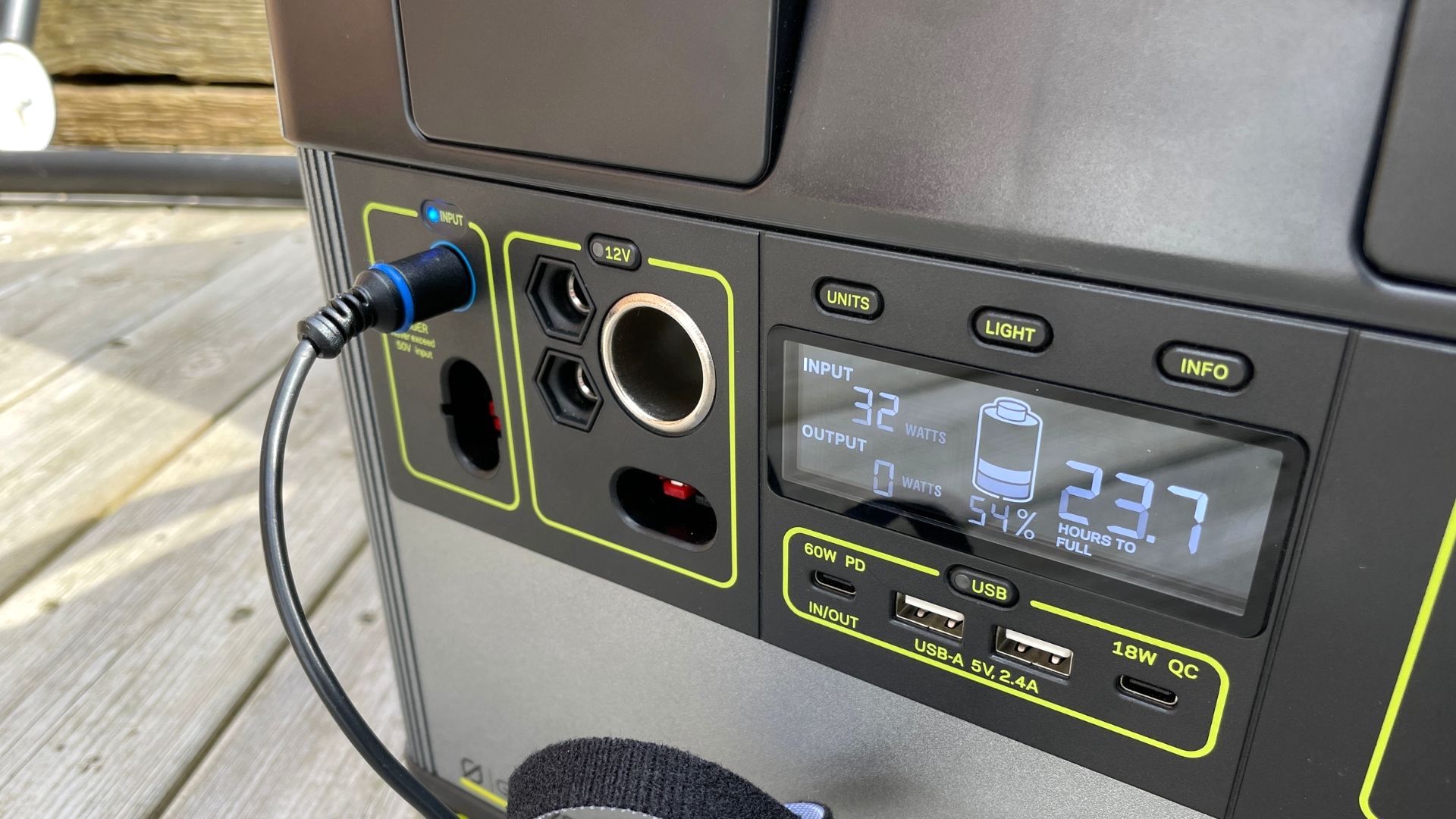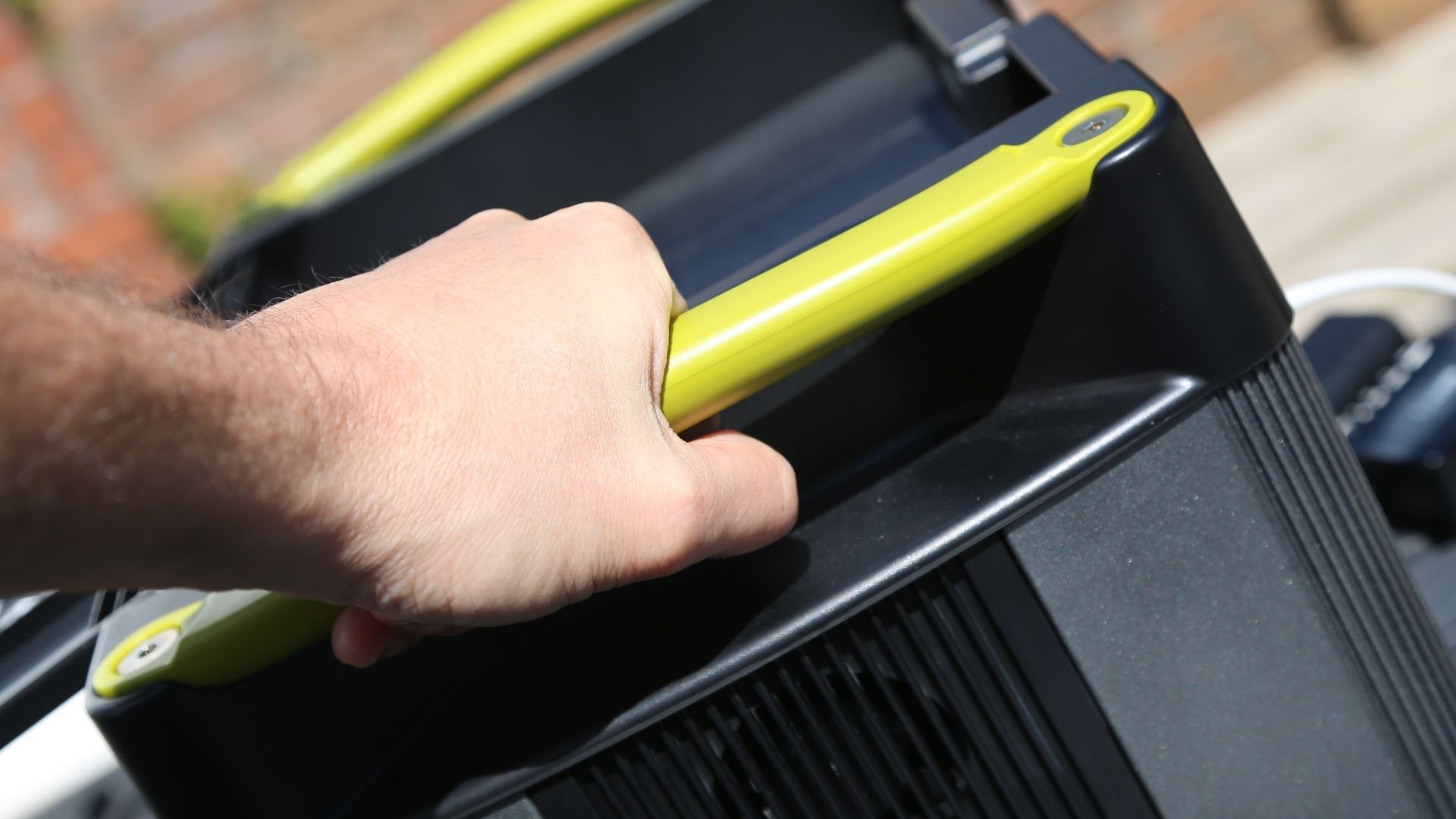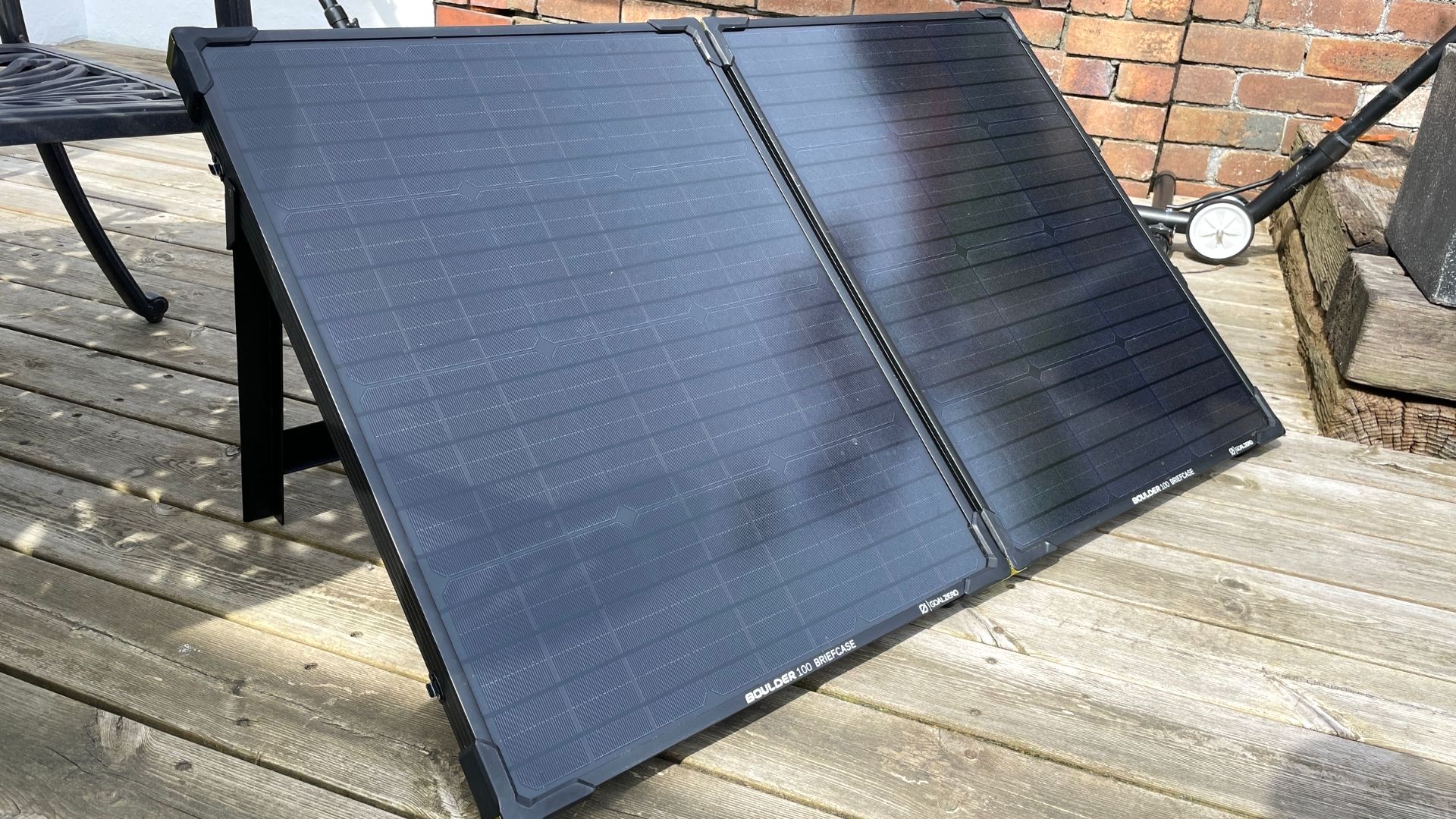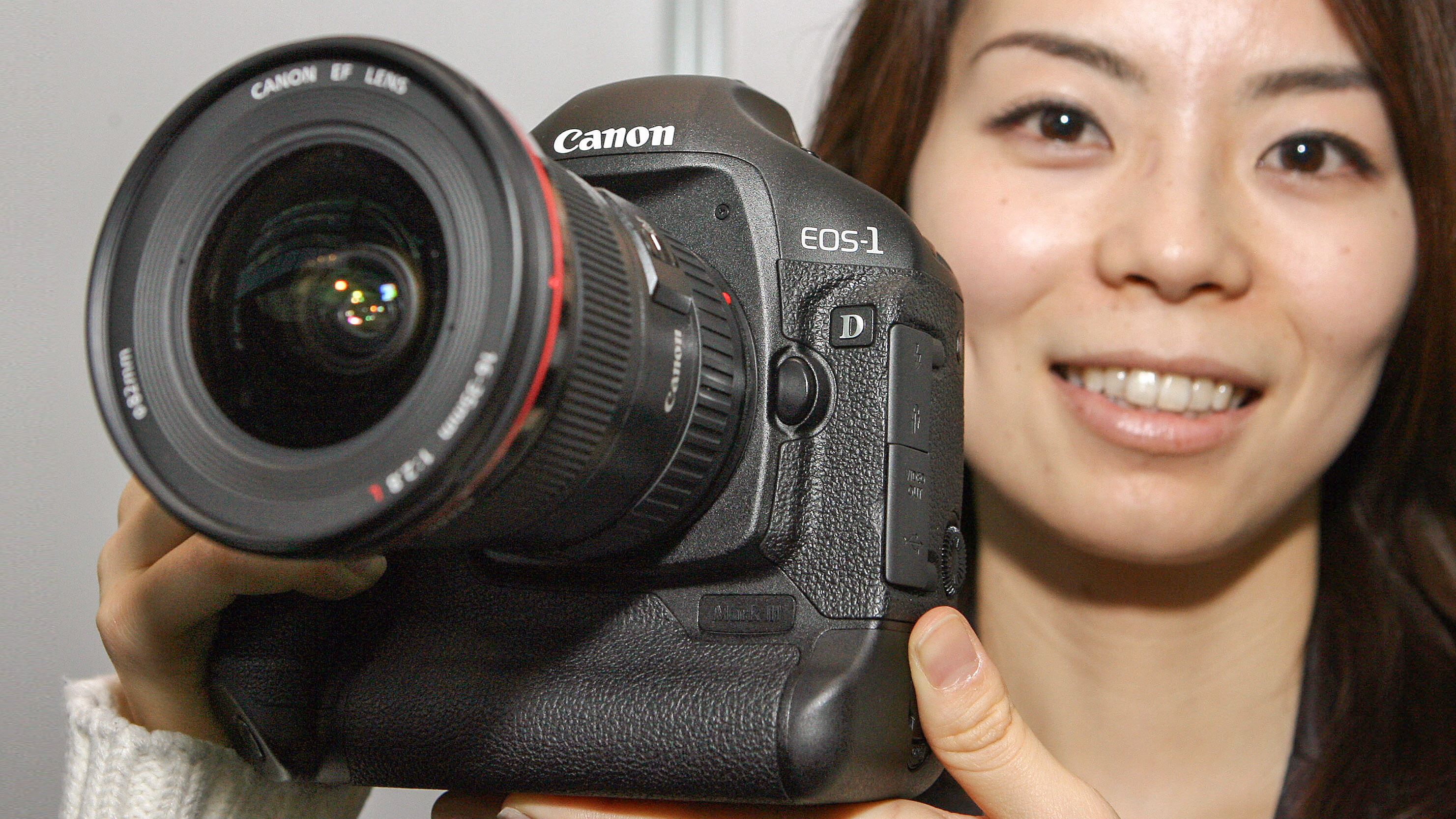Digital Camera World Verdict
Do you need a whopping 1,516W hours portable power station? Not for occasionally recharging a camera you don’t, but if you’re headed off-grid for an extended period then there are few better equipped or easier to use products than the Goal Zero Yeti 1500X.
Pros
- +
Massive 1,516W hours capacity
- +
Lots of ins and outs
- +
1x AC for camera battery chargers
- +
Can recharge laptops via USB-C
Cons
- -
No wireless charging pads
- -
Only 1x AC output
- -
Expensive
- -
Very heavy
Why you can trust Digital Camera World
If you get anxious about how much battery power you have left in your cameras, smartphones and laptops then you’re going to adore the Goal Zero Yeti 1500X. It’s near the top of a breed of portable power station that just doesn't compare to the smartphone battery you keep in your camera bag.
While portable batteries average 10,000 mAh and now often reach double that and more, the Yeti 1500X promises a staggering 400,000 mAh. It’s so much that it’s actually communicated as 1,516W hours.
However, as well as being able to cope with myriad devices the Yeti 1500X is able to itself be recharged using solar panels, which makes it a great solution for camping and extended off-grid travel.
Ideal for intrepid landscape and wildlife photographers off-grid for days and days, here’s everything you need to know about the Yeti 1500X.
Goal Zero Yeti 1500X specifications
Capacity: 1,516Wh (10.8V, 140.4Ah)
Weight: 20.7kg/45.64lbs
Measurements: 387x260x263mm/15.25x10.23x10.37”
The best camera deals, reviews, product advice, and unmissable photography news, direct to your inbox!
Solar: 600W
Outputs: 2x AC output, 2x USB-A (5V, 2.4V), 60W PD USB-C, 2x 6mm, 12V car, 2x 12V power ports, 2x Anderson Power Pol (APP)
Inputs: 2x Anderson Power Pol (APP), expansion port, WiFi (2.44Ghz), Bluetooth
Key features
The Yeti 1500X is a portable power station with a lithium-ion NMC (nickel, manganese and cobalt) battery that has a total capacity of 1,516Wh. Sure, it can recharge a camera battery many (many) times over, but there’s a lot more to it than that. We’re talking about all kinds of home appliances and more besides.
Not surprisingly the Yeti 1500X is covered in a plethora of ins and outs. Probably the most important for both photographers and campers is its 2,000W pure-sine wave AC inverter, which allows it to safely power almost anything you care to plug into it with no risk of overloading it.
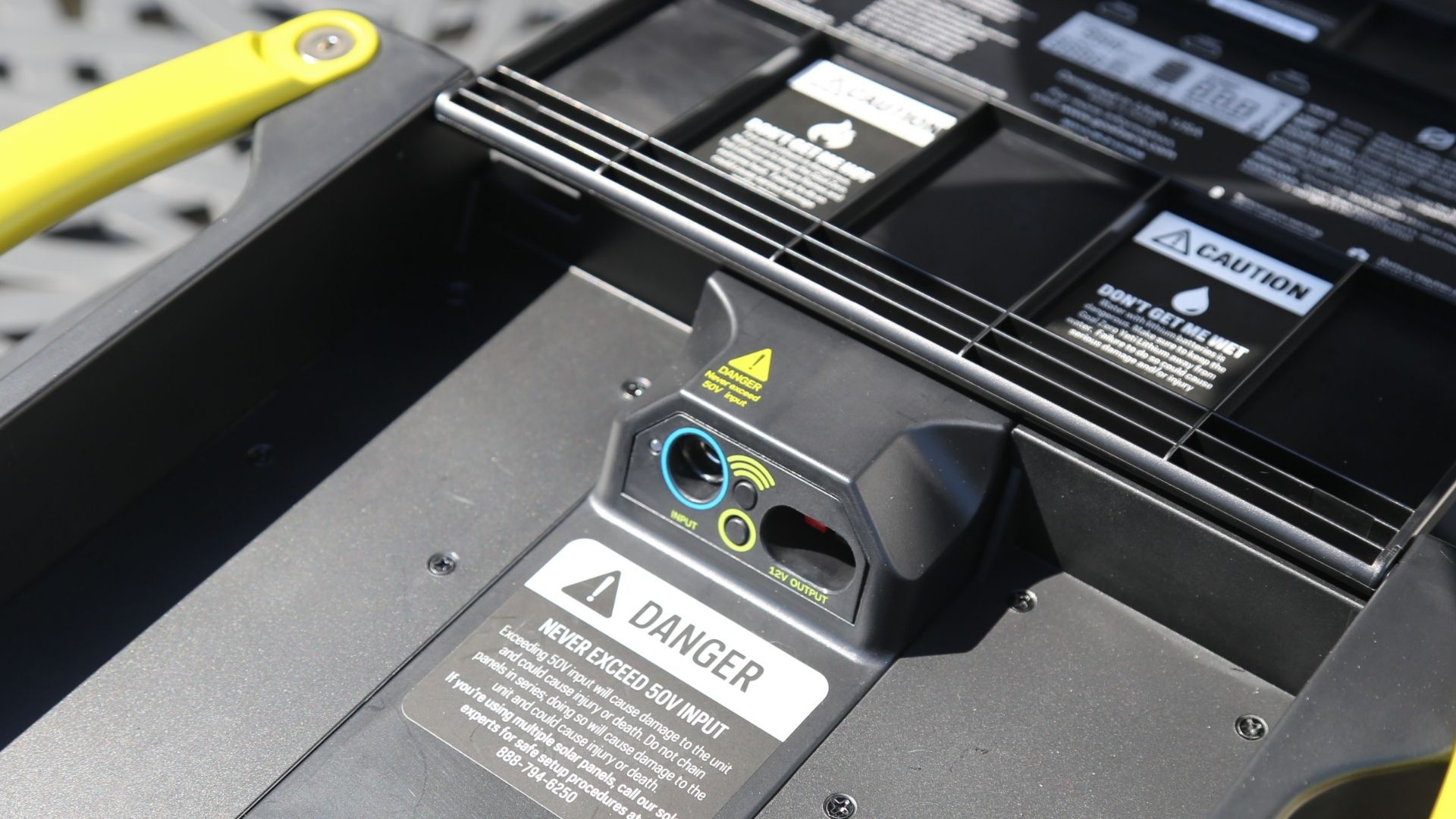
The Yeti 1500X also has all of the ins and outs you might expect to find on an advanced portable battery. On the front are two USB-C PD slots, one rated 60W to recharge a laptop and the other rated 18W Quick Charge to fast-charge a smartphone. There’s also a 12V charger – often found in vehicles – for smaller devices.
What marks this out as a serious off-gridding device is its suite of Anderson inputs, which can be attached to up to 50V's worth of solar panels.
Something the Yeti 1500X has that few others do is its own WiFi network and a smartphone app. It tells you the precise status of each input, which may seem like overkill. However, with so much going on with the Yeti 1500X’s ins and outs it pays to know what’s going on, especially if you plan to use it with a fridge.
Build and handling
The Yeti 1500X is not easy to carry. Despite it having two easy to grab handles built-in to its top, its 20kg / 45lb bulk is a job to haul out of a vehicle and into a camp. It’s right on the cusp of being a two-person job.
That’s not to say that Goal Zero hasn’t thought about portability. On the top is a flap that hides some more ins and outs, but also some room to store cables (including the cable to recharge the Yeti 1500X from the mains).
Although the app gives you a lot of information on what’s going on with the Yeti 1500X, it’s got another trick in that it can also communicate with other Goal Zero portable power stations. That could be useful for large events, but is probably not going to be relevant for photographers.
Much of what the app offers is displayed on the unit’s own LCD display. For example, attach a smartphone and it will tell you how long until it will be fully charged. It works both ways; if you attach the Yeti 1500X to the mains or to solar panels then it will inform you how long it will be until the unit is fully recharged.
Performance
It pays to prepare the Yeti 1500X well in advance of heading off into the bush because its whopping 1,516W battery takes about 20 hours to recharge from empty. That’s from the mains. Used in-situ with a Goal Zero 100W solar panel it takes about 25 hours, but that’s with direct sunlight; in practice it’s going to take a few days if used exclusively with a solar panel.
Our review sample had a UK plug on it, but only one AC input; some of the Yeti 1500X’s rivals have two. We tried that AC input with a small TV, a toaster and, of course, a battery charger for a DSLR camera. All worked fine.
Verdict
The Yeti 1500X has you covered for power in all photography scenarios we can think of. Arguably it’s massive overkill and yet for photographers heading off into remote areas for long periods it’s a hugely versatile way to remove ‘range anxiety’ about the status of your devices.
Read more
Best iPhone battery pack
Best laptop battery pack
Best solar chargers
Best travel cameras
Best satellite phones
The best iPhone charger
The best iPhone charger cable

Jamie has been writing about photography, astronomy, astro-tourism and astrophotography for over 15 years, producing content for Forbes, Space.com, Live Science, Techradar, T3, BBC Wildlife, Science Focus, Sky & Telescope, BBC Sky At Night, South China Morning Post, The Guardian, The Telegraph and Travel+Leisure.
As the editor for When Is The Next Eclipse, he has a wealth of experience, expertise and enthusiasm for astrophotography, from capturing the moon and meteor showers to solar and lunar eclipses.
He also brings a great deal of knowledge on action cameras, 360 cameras, AI cameras, camera backpacks, telescopes, gimbals, tripods and all manner of photography equipment.
